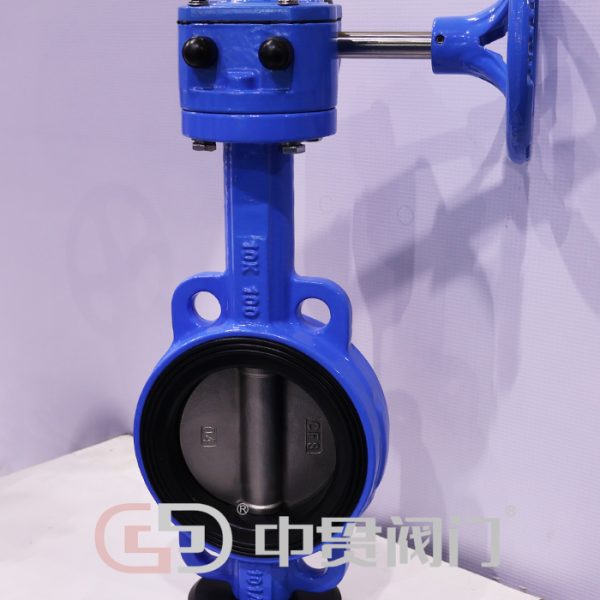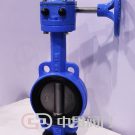Rubber Lined Butterfly Valve
Key Features and Benefits
- Corrosion Resistance: The rubber lining acts as a barrier against corrosive fluids, making these valves suitable for handling aggressive chemicals and abrasive materials.
- Leak Tightness: The elastic nature of rubber ensures a tight seal, which minimizes the risk of leaks even under low-pressure conditions.
- Durability: Rubber lined butterfly valves are highly durable due to the protective layer of rubber that shields the internal components from wear and tear.
- Low Maintenance: These valves require minimal maintenance compared to other types of valves, thanks to their simple design and the protective properties of the rubber lining.
Rubber Selection
Rubber-lined butterfly valve is a type of butterfly valve with a rubber lining on the valve body or disc. This rubber lining plays a crucial role in ensuring a tight seal, preventing leakage, and protecting the valve from corrosive fluids. Various types of rubber are used for lining butterfly valves, each with its own set of properties and characteristics. In this article, we will explore some common types of rubber used in rubber-lined butterfly valves and their key features.
EPDM (Ethylene Propylene Diene Monomer) The most used.
EPDM rubber is a synthetic rubber known for its excellent resistance to heat, ozone, and weathering. It is also highly resistant to water, steam, and some chemicals. EPDM rubber is commonly used in rubber-lined butterfly valves for outdoor applications or where exposure to high temperatures is a concern. Its durability and weather resistance make it ideal for use in water treatment plants, HVAC systems, and outdoor piping systems.
MORE MATERIALS PLEASE CLICK
Conclusion
Rubber-lined butterfly valve is essential components in industries requiring efficient flow control and reliable sealing against corrosive or abrasive fluids. The rubber lining on the valve body or disc ensures a tight seal, preventing leakage and protecting the valve from corrosive fluids. Various types of rubber, such as EPDM, NBR, and Neoprene, are used for lining butterfly valves, each offering unique properties suited for specific applications.
EPDM rubber is known for its excellent resistance to heat, ozone, and weathering, making it ideal for outdoor applications or high-temperature environments. NBR rubber offers exceptional resistance to oil, fuel, and chemicals, making it suitable for industries such as oil and gas. Neoprene rubber provides excellent resistance to abrasion, weathering, and ozone, making it ideal for harsh environments.
Rubber-lined butterfly valve is easy to install and operate, making them a popular choice for many industrial processes. They are commonly used in industries such as chemical processing, water treatment, and wastewater management. Overall, rubber-lined butterfly valves offer efficient flow control, reliable sealing, and protection against corrosion, making them indispensable in various industrial applications.






